Best Cosmetic And Plastic Surgery Hospitals in India

Max Superspeciality Hospital
Delhi, IndiaMulti-Specialty Hospital
C and D Block, Shalimar Place Site, Shalimar Bagh, New Delhi
8757 KM's away
Specialities
38Doctors
151Beds
300
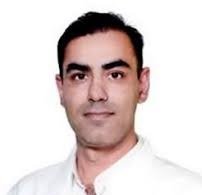

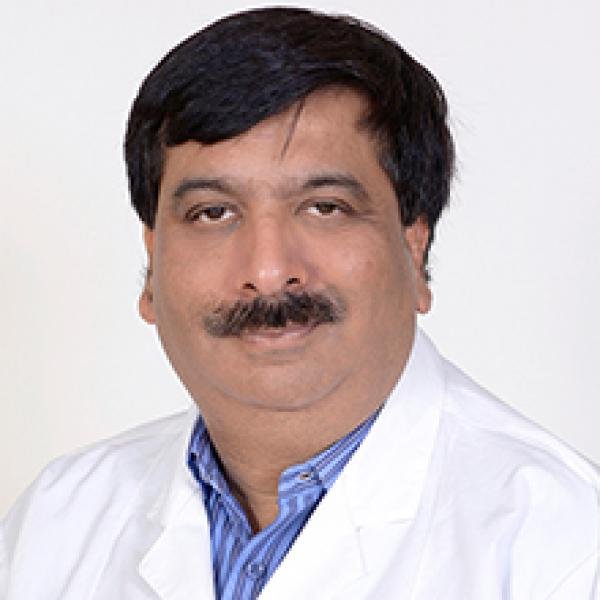
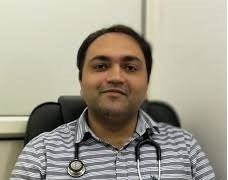
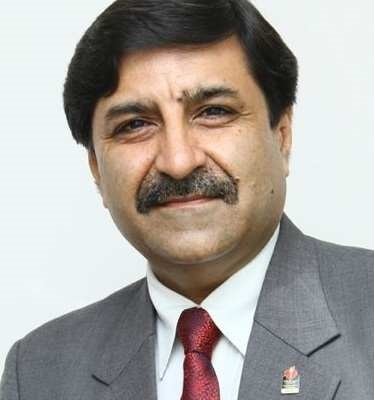

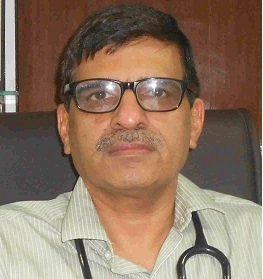
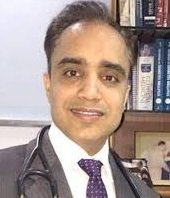
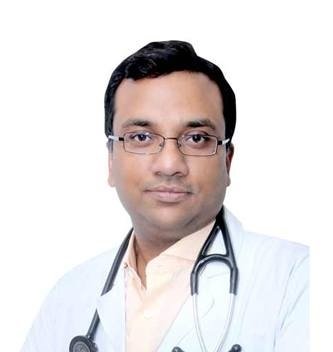
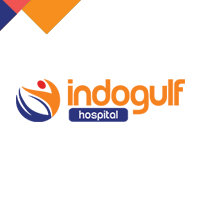
Indogulf Hospital & Diagnostics
Noida, IndiaMulti-Specialty Hospital
B-498 A
8772 KM's away
Specialities
6Doctors
11Beds
50

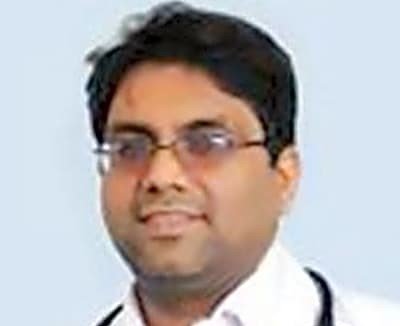

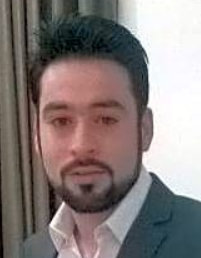
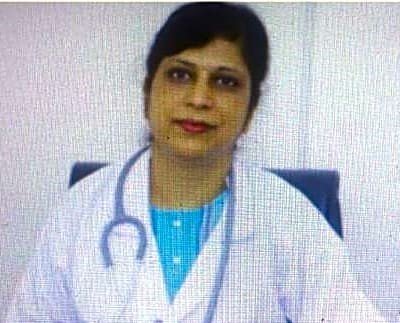

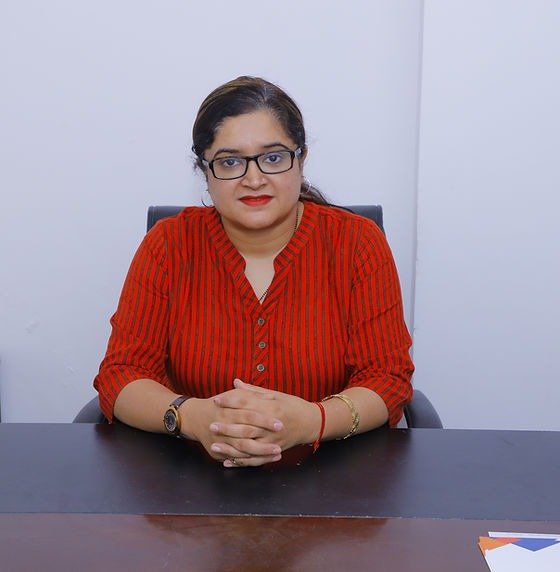


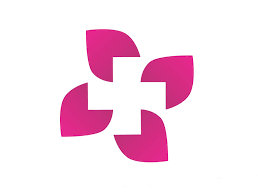
Best E-City Hospital
Bengaluru, IndiaMulti-Specialty Hospital
No 47/13, Srinivasa Complex, Velankani to Patallamma temple road,Doddathogur
8670 KM's away
Specialities
7Doctors
11Beds
0

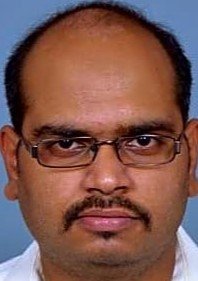



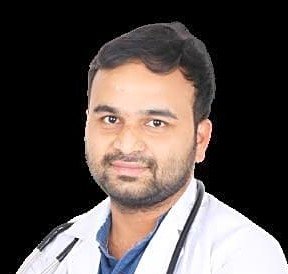

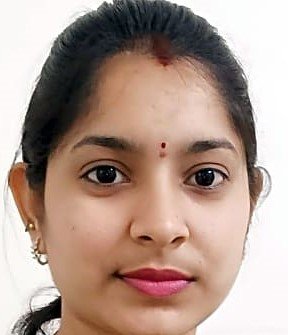
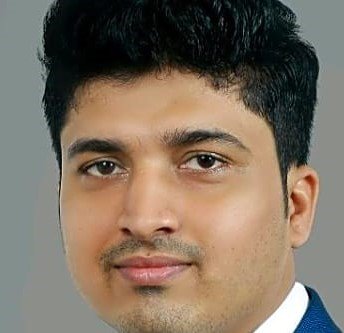

Thunga Hospital
Mumbai, IndiaMulti-Specialty Hospital
Goraswadi Road, Behind Milap PVR, Off SV Road
8209 KM's away
Specialities
12Doctors
15Beds
140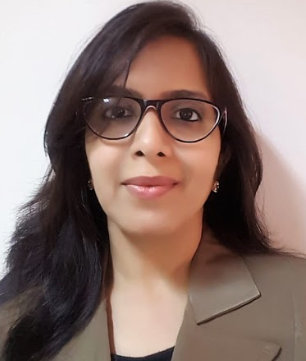



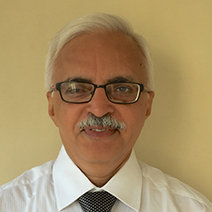

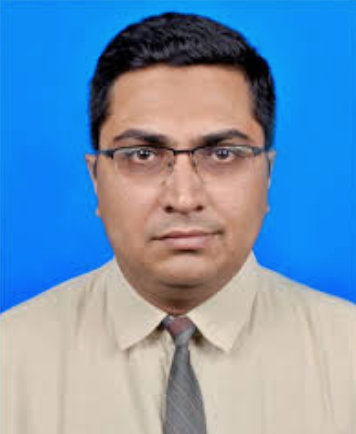
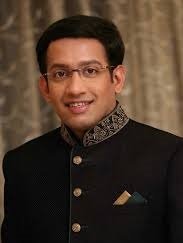
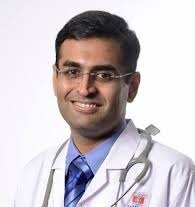
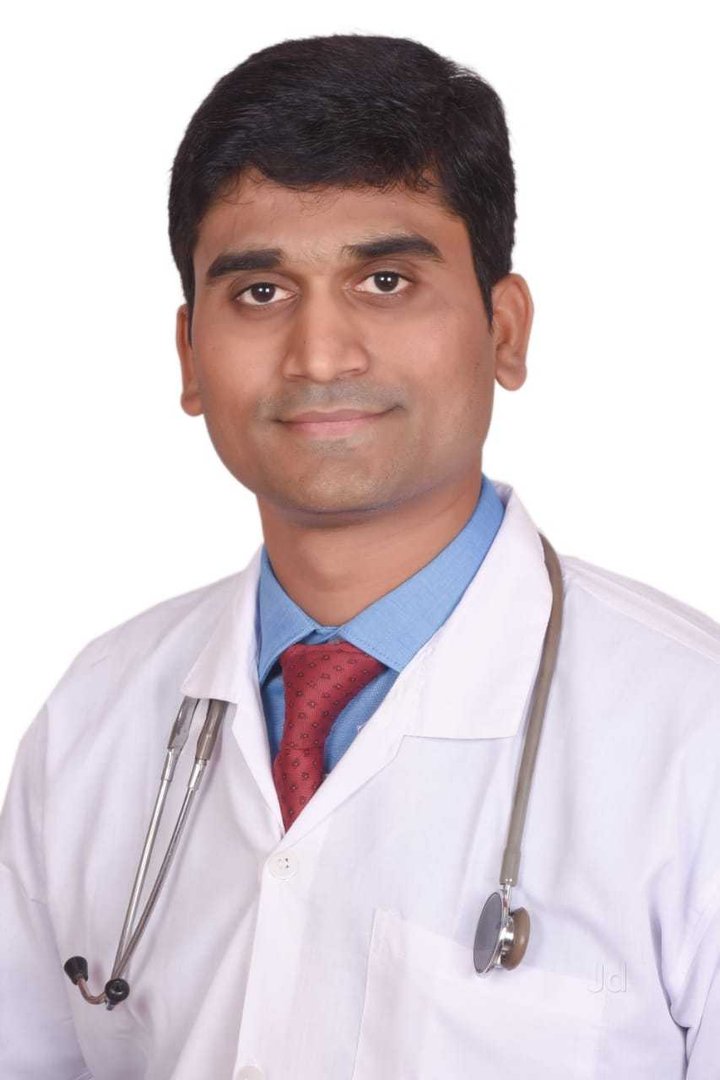
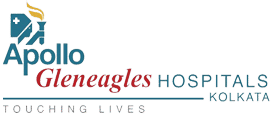
Apollo Gleneagles Hospitals
Kolkata, IndiaMulti-Specialty Hospital
58, Canal Circular Road, On E.M. Bypass Road
9843 KM's away
Specialities
34Doctors
122Beds
510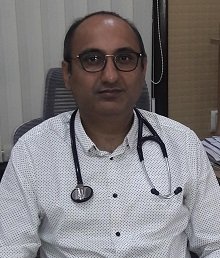
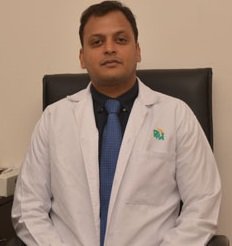


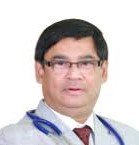
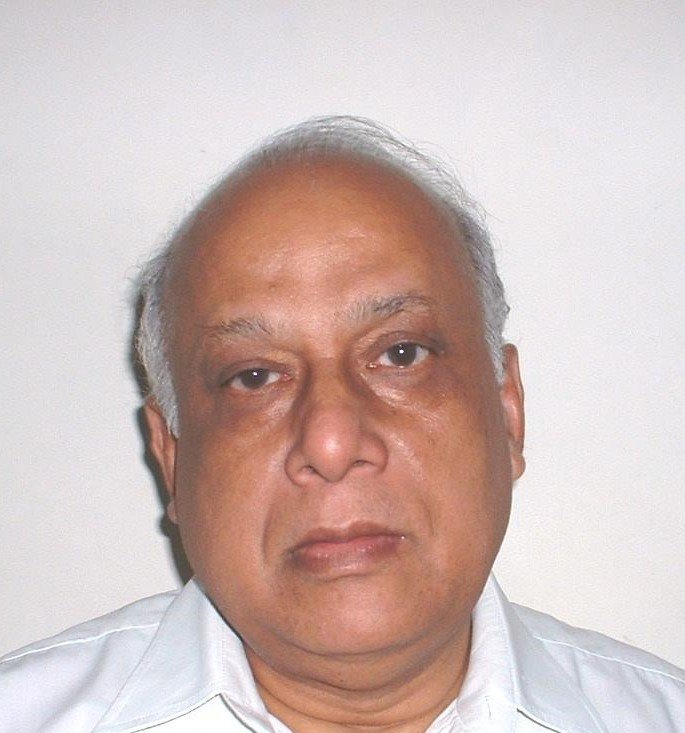


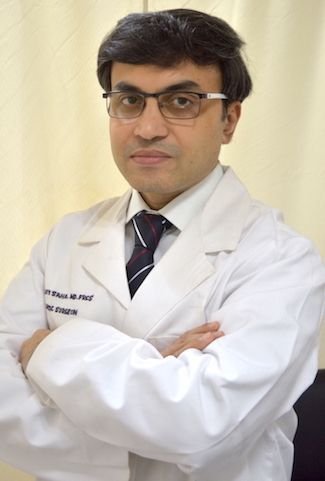
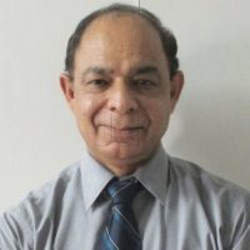


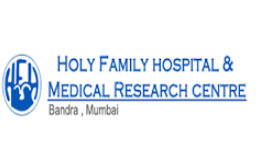
Holy Family Hospital
Mumbai, IndiaMulti-Specialty Hospital
St Andrews Road, Hill Road
8206 KM's away
Specialities
12Doctors
20Beds
268
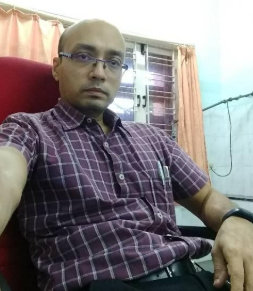
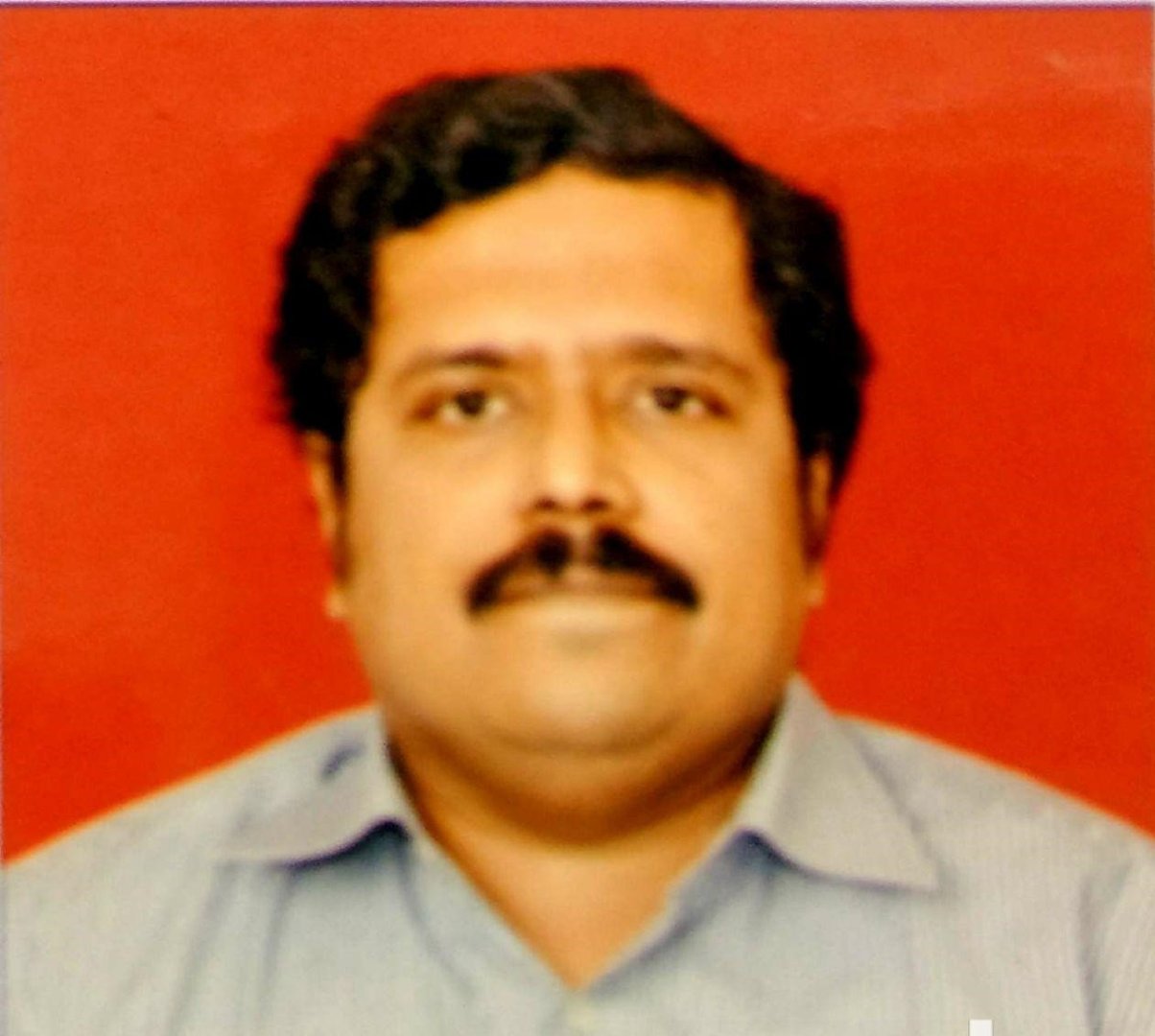




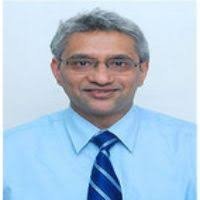
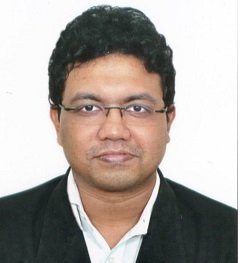
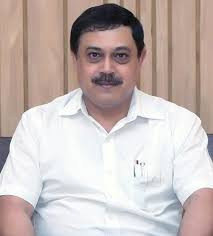

Sahyadri Hospital
Pune, IndiaMulti-Specialty Hospital
Plot Number 13, S.No. 573, City Number 281, Swami Vivekananda Marg
8308 KM's away
Specialities
9Doctors
13Beds
31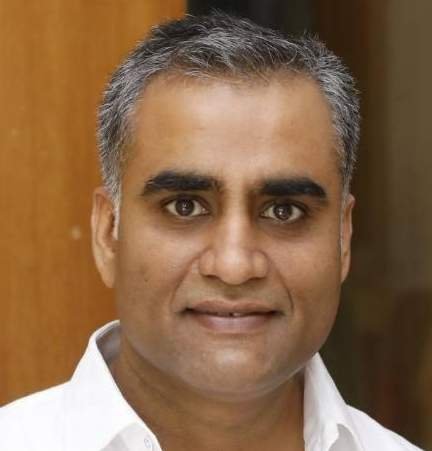
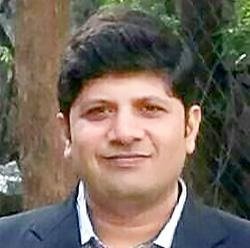
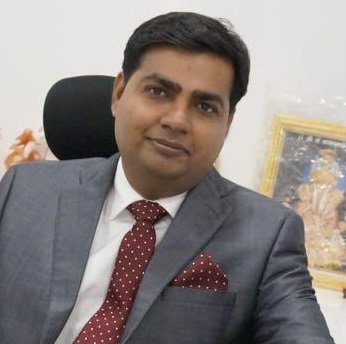





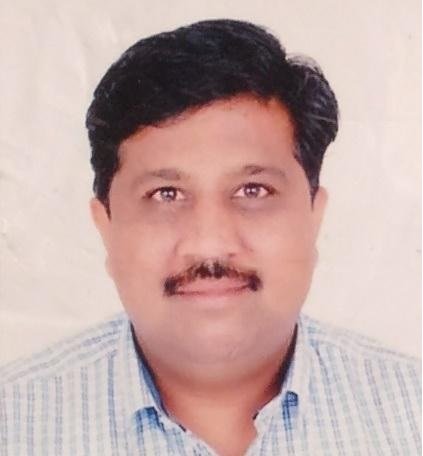


Cloudnine Hospital - Old Airport Road
Bengaluru, IndiaMulti-Specialty Hospital
115, HAL
8671 KM's away
Specialities
18Doctors
40Beds
50

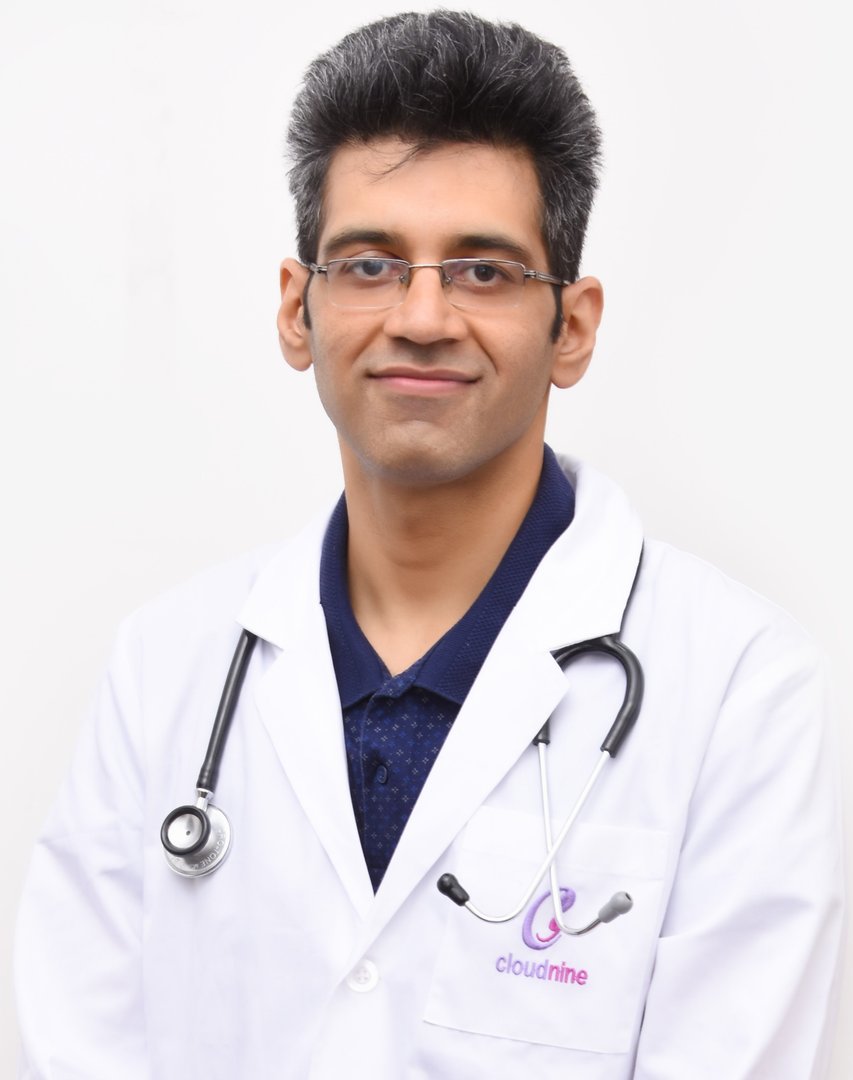








Hinduja Healthcare Surgical Hospital
Mumbai, IndiaMulti-Specialty Hospital
724, 11th Road, Marvalla Buliding
8207 KM's away
Specialities
8Doctors
12Beds
0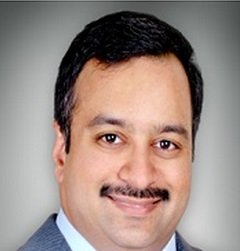

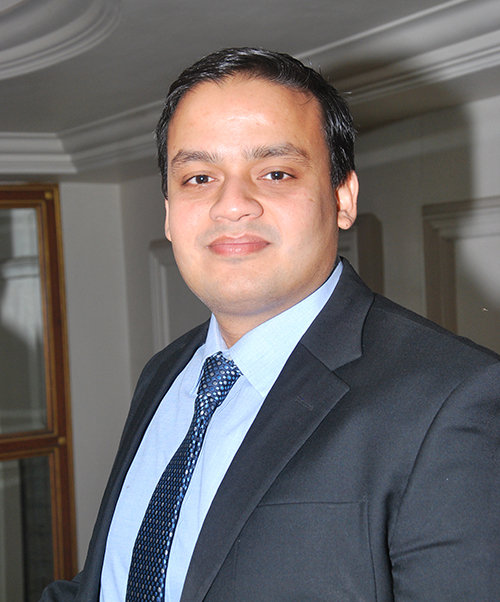
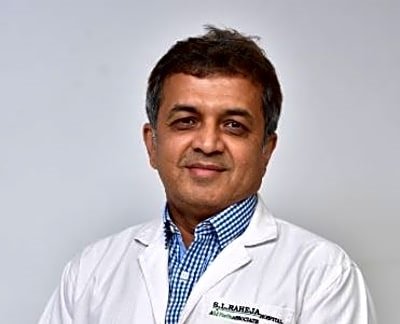

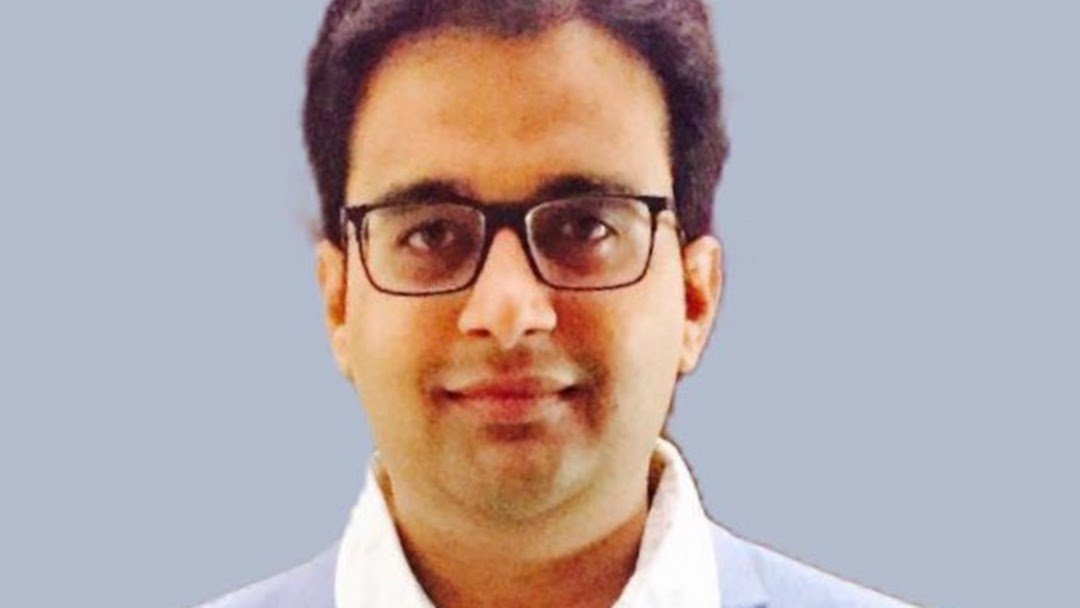

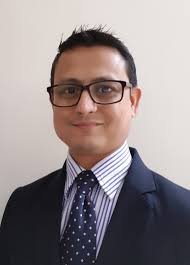


Top 10 Cosmetic And Plastic Surgery Hospitals In India
| Hospital | Rating | Doctors | Location |
|---|---|---|---|
| Max Superspeciality Hospital | ---- | 151151 | Shalimar Bagh, Delhi |
| Indogulf Hospital & Diagnostics | ---- | 1111 | Sector 19, Noida |
| Best E-City Hospital | ---- | 1111 | Electronics City, Bengaluru |
| Thunga Hospital | ---- | 1515 | Malad West, Mumbai |
| Pancholi Hospital | ---- | 22 | Ghatkopar East, Mumbai |
| Apollo Gleneagles Hospitals | ---- | 122122 | Salt Lake, Kolkata |
| Holy Family Hospital | ---- | 2020 | Bandra West, Mumbai |
| Sahyadri Hospital | ---- | 1313 | Bibvewadi, Pune |
| Cloudnine Hospital - Old Airport Road | ---- | 4040 | Old Airport Road, Bengaluru |
| Hinduja Healthcare Surgical Hospital | ---- | 1212 | Khar West, Mumbai |
Questions & Answers on "Cosmetic And Plastic Surgery" (247)
Hi!I underwent rhinoplasty 2 years back but I feel my nose still doesn’t look straight and my nostrils are not symmetrical as in two different sizes and shapes.Can nostrils be fixed with fillers/Botox or anything beside the surgery?
Female | 24
Yes, non surgical treatment options like fillers or botox etc, can be used. But the doctor will have to first examine your condition regarding the rhinoplasty. Consult an experienced plastic surgeon.
Answered on 23rd May '24
Read answer
What is a reverse tummy tuck?
Male | 56
Answered on 23rd May '24
Read answer
How to get rid of strawberry legs?
Strawberry legs generally caused by irritation of the hair follicles specially after waxing so first thing is adopting laser hair removal over waxing that will permanently solve the problem. Secondly If you want to try waxing then use soft wax and also apply coconut oil post waxing. Use Antiseptic like Cetrimide before waxing and mild topical steroids or moderately potent steroids can be applied after waxing process for 2-3 days so that it won't give rise to strawberry legs
Answered on 23rd May '24
Read answer
I WANT TO DO RHINOPLASTY.SO I WANT TO PROCESS OF THAT
Male | 26
Rhinoplasty can enhance both appearance and function of the nose. Common reasons for this procedure include dissatisfaction with size or shape, breathing difficulties, or injury-related concerns. To begin, schedule a consultation with a qualified surgeon to discuss your goals and assess your specific needs. They will provide detailed information on potential outcomes, recovery, and any associated risks. It's essential to choose a board-certified specialist to ensure safe and effective care.
Answered on 7th Feb '25
Read answer
If I am surgery to my full face,how much budget price
Female | 31
Full face surgery budget depends on how many procedure u wish to have . No package as such can't be given .
Answered on 23rd May '24
Read answer
Gynecomastia Treatment...
Male | 39
Treatment includes lipoglandular excision and liposucition through hidden 5 mm scars.
Visit https://www.kalp.life for further details
Answered on 23rd May '24
Read answer
What is the healing process after Plastic Surgery?
Other | 27
When the body is injured or broken the proper healing is due to the body itself making itself healthy again. There could be a slight bruising that you might experience which is, in fact, a usual condition and should wear off in time. The performance of the surgery is dependent on your cooperation with the doctor. Thus, you must abide by the directives given to a T by your doctor. It is principally of high importance to the individual to have a good portion of time devoted to rest, to the intake of foods that are of high nutritional value, and to the avoidance of physically demanding activities as recommended. If you happen to see any rare signs, or you have some doubts, do not be afraid to let your doctor know about it so he can guide you through the whole process.
Answered on 4th Dec '24
Read answer
Hi. I am 46 years old mother of 2 children aged 13 and 4yrs. In September 2021 I got liposuction and tummy tuck done. After 6 weeks of wearing the prescribed compression garments and daily massages post surgery, I started noticing big, hard eruptions on my stomach area. Some are red and some are very painful. The doctor punctured one of the eruptions to see if any fluid came out but it did not. He then ask me to use Tbac and put me on anti inflammatory medicine+ flexon. Then one day from the eruption i noticed a pus like fluid. Went to the doctor again. A pus culture was done. No bacteria found. Doctor said looks like it is a suture issue with my body not being able to get rid of the dissolvable stitches. He gave me tricort injections on the hard lumps. Now almost 3 weeks later, some are better but new large and painful ones have also formed. Please advise your thoughts on this and what you feel could be wrong. I am very worried.
Female | 46
I think it's still 2 months post surgery. There could be inflammatory reaction because of the sutures. It is possible so we need to see the pictures to evaluate it correctly and I think most of the times they dissolve by themselves. If there's no fever or any other issues, just you can wait for some more time for body to respond to the inflammatory reaction though active intervention is required.
Right now you can share the picture so that we can evaluate it better. still it's just 2 months old we would prefer to wait and watch. You can also visit best plastic surgeon in India for exact treatment.
Answered on 23rd May '24
Read answer
Is scalp micropigmentation permanent?
Female | 38
Answered on 23rd May '24
Read answer
How to home care after mastectomy?
Female | 45
Answered on 23rd May '24
Read answer
I am 26 years old I have lose skin on my tummy from weight loss and pregnancy because of my mental health
Female | 26
It’s common to experience loose skin after significant weight changes or pregnancy. This condition can occur due to skin elasticity reduction, leading to sagging. To improve firmness, consider incorporating strength training and hydration into your routine; these can help bolster skin texture. Nutrient-rich foods, such as those high in vitamins C and E, support skin health as well. If concerns persist, I recommend consulting a dermatologist who can provide personalized advice and possible treatment options.
Answered on 25th Feb '25
Read answer
When can i use a straw after lip fillers?
Male | 47
24 to 48 hours after getting lip fillers, the use of a straw should be avoided as this can cause movement and pressure on that part. Straws could potentially cause larger suction than required, which might result in irritation or relocation of the filler. Focus on gentle care, including avoiding vigorous lip movements during the first recovery period. After the initial road to recovery, you can reintroduce using a straw gradually but it is always suggested that when taking up your treatment injection into account and consider how far through its healing process. Adhere to all post-treatment guidelines given by your health care specialist in order to achieve the best results and safety.
Answered on 23rd May '24
Read answer
How to get rid of fluid pockets after liposuction?
Female | 44
wear a good compression garment as advised by your doctor. when your doctor allows you to remove your compression garment start massaging the area of liposuction. this all reduces chances of serona formation
Answered on 23rd May '24
Read answer
Liposuction done before 10 yeras ago can I repeat same ? Again
Female | 40
Yes under guidance of plastic surgeon, liposuction can be repeated
Answered on 23rd May '24
Read answer
I want to know beard laser removal query
Male | 35
Hormonal imbalance sometimes results in excessive hair growth in areas like the face. The laser beam, used in the treatment, gives light zaps to hair follicles that subsequently die and disappear, thereby reducing the amount of hair the body produces. It is a safe and effective treatment but for the best results, several sessions might be necessary. Remember to consult with a dermatologist before you start the treatment.
Answered on 25th Sept '24
Read answer
I have a scar on my chin which makes me feel insecure about myself at times, i took help from CO2 laser treatment but it hasn't totally disappeared, I think I'll look much good without it, please help me out
Male | 17
Scars can result from various causes, including injury or acne, and they may not disappear completely with simple interventions. While CO2 laser therapy can improve their appearance, sometimes multiple sessions are necessary for optimal results. You might also explore additional options like silicone gel sheets, fractional laser treatments, or microneedling. I recommend consulting a dermatologist who can assess your scar and suggest tailored treatments.
Answered on 17th Jan '25
Read answer
How to reduce tightness after tummy tuck?
Male | 52
After tummy tuck procedure, start massaging the tight area. u can use any moisturizer of your choice or u can also use coconut oil. This can help after the tummy tuck surgery.
Answered on 23rd May '24
Read answer
Is HYMENOPLASTY safe? What is the side effects of it? What's the cost? Does the surgery serve the purpose?
Female | 31
Answered on 23rd May '24
Read answer
What to eat before bbl surgery?
Male | 40
To perform before a Brazilian Butt Lift BBL, focus on a balanced diet that is loaded with fruits vegetables , lean proteins and whole grain products to improve overall health as well as recovery post-surgery. Hydrate yourself well by drinking lots of water in the days preceding the procedure. Use lean sources of protein because they are essential for tissue repair. Avoid foods that are heavy or greasy in the hours leading up to surgery so you do not feel unwell while under anesthesia. Stick to any fasting restrictions given by your plastic surgeon so that you can have a safe surgical procedure. Always check with your surgeon for specific dietary recommendations based on personal health and unique needs of the BBL surgery in question.
Answered on 23rd May '24
Read answer
My daughter age is 25 she is by birth clept palate and lip from childhood all surgeries are completed but ascar on the lip and left nostril is not in good shape these corrections are possible in your hospital these are important for her marriage please reply. 8639234127
Female | 25
Answered on 23rd May '24
Read answer
Get Free Assistance!
Fill out this form and our health expert will get back to you.